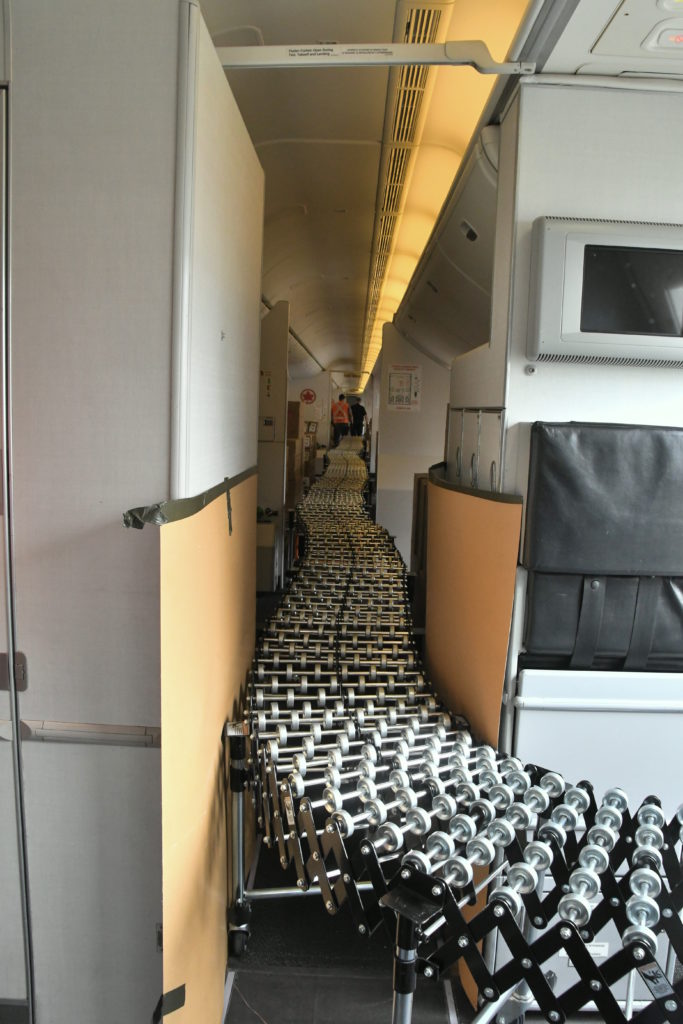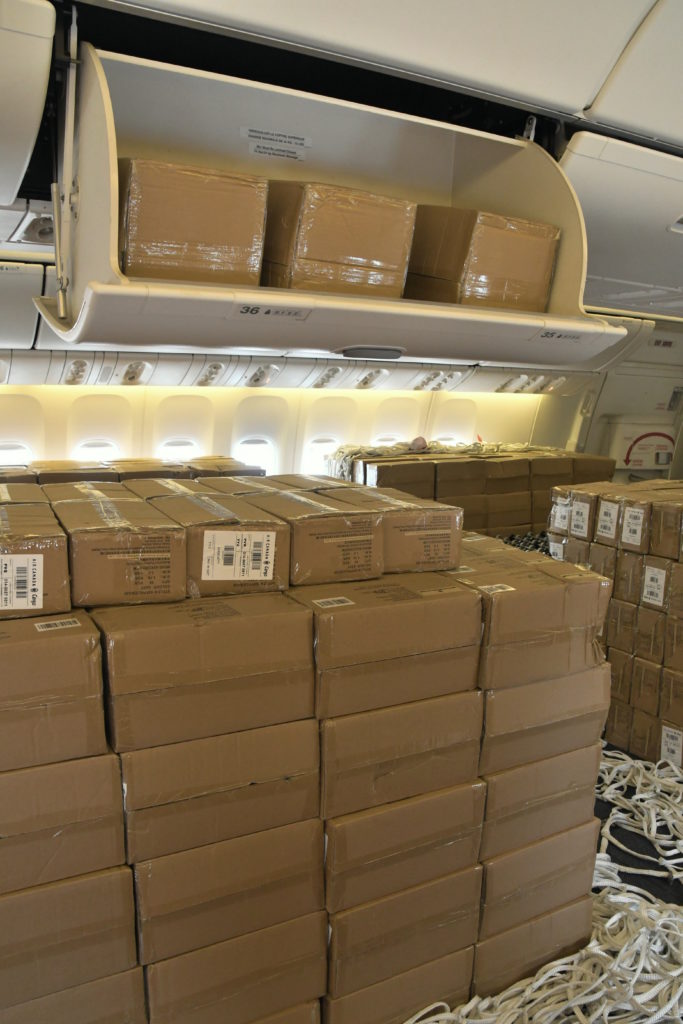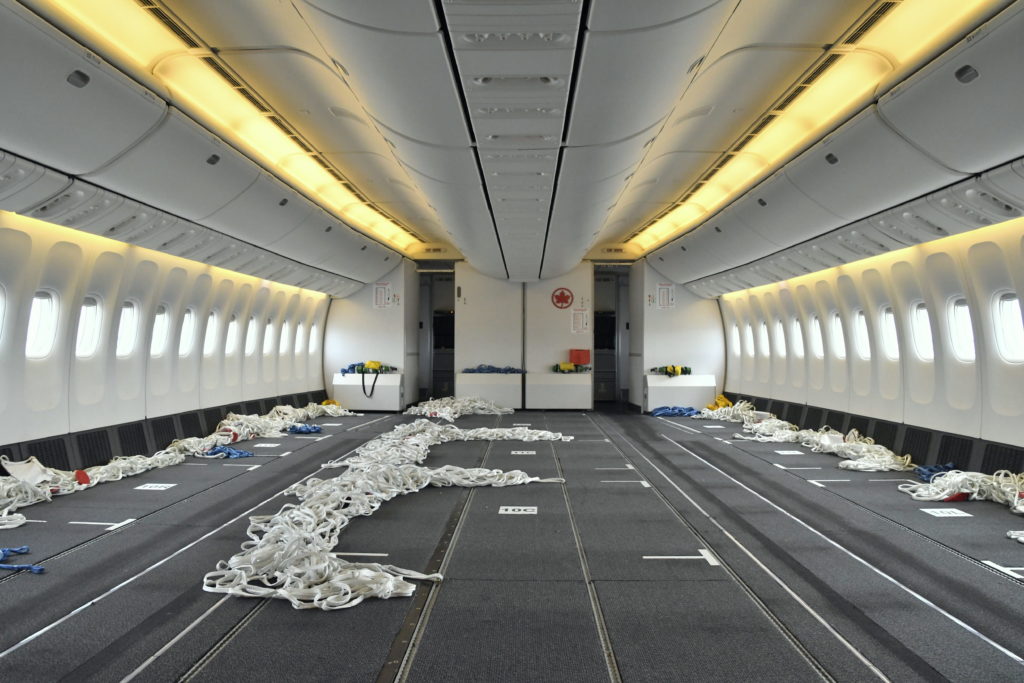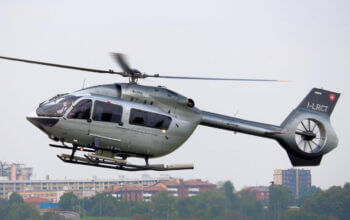Estimated reading time 5 minutes, 13 seconds.
Back in mid-March, when federal and provincial governments were closing borders and imposing other COVID-19 related restrictions, Air Canada announced that its global network would significantly contract. While repatriation flights were introduced, its scheduled system was reduced to only six destinations outside of North America. Its U.S. destinations declined from 53 to 13 and its domestic network shrunk from 62 airports to 40. As well, frequencies on its remaining routes were substantially diminished.
With its scheduled seat capacity during Q2/20 down approximately 85 per cent from the year-earlier period, the company’s top line was seriously impacted. Thanks to entrepreneurial thinking, Air Canada has been able to attract much-needed business by pursuing traffic that hasn’t been subjected to travel restrictions.

While the airline continued to ship cargo in the bellies of the passenger aircraft it was still operating, it became apparent that more freight capacity was required. Richard Steer, Air Canada’s senior vice-president, Operations, suggested that a number of widebody aircraft could provide the required lift if they had their interiors modified.
Tim Strauss, the company’s vice-president, Cargo, says of Steer, “He was brilliant in this regard and it put us front and centre of the market dynamic demand.”
Working with Air Canada, Avianor of Mirabel, Que., designed a layout for Boeing 777-300ERs and Airbus A330-300s that involved the removal of Economy Class seats, leaving the more complicated and expensive Signature Class seats in place. In the case of four Air Canada 777s, 422 of their 450 seats were extracted. As well, three A330s had 255 of their 285 seats removed. Cargo zones were designated within the aircraft. They provide access space between the zones, in case of an emergency like fire. The clips on the floor normally used to fasten the rows of passenger seats now act as tie downs for the netting that secures the cargo. Since the cabin floors are not reinforced, heavy cargo must be stowed in the below-deck compartments.
Transport Canada reviewed, approved and certified the conversion’s design in an efficient manner. The first converted 777-300ER entered service on April 11 and the first modified A330-300 was completed on May 7. Besides these seven dedicated freighters, Air Canada has been operating a number of its passenger configured 787-9 Dreamliners on all-cargo flights.
Since March 22, Air Canada has operated more than 1,600 all-cargo flights with members of its widebody fleet. The freighter network includes cities in Europe, Asia, Oceania and South America.
The payloads have largely been represented by boxes of personal protective equipment (including masks, gowns and gloves), medical equipment, pharmaceuticals and a wide range of consumer products, including perishables. Besides exports from Canada and imports to Canada, these flights have transported goods from South America to Asia and from Europe to the U.S.
The current role of Air Canada’s seven specialist aircraft is expected to revert to pre-pandemic behaviour once conditions permit. In the meantime, they are providing a valuable service and producing precious revenues.
Skies recently had the opportunity to tour one of Air Canada’s four Boeing 777-300ER freighters, after it had arrived full of cargo from Shanghai and Tokyo. The Narita visit was solely a technical stop for fuel.
The following photos detail the cabin’s revised appearance. The Economy Class seats had been replaced with stacks of boxes containing PPEs and virus test kits.












